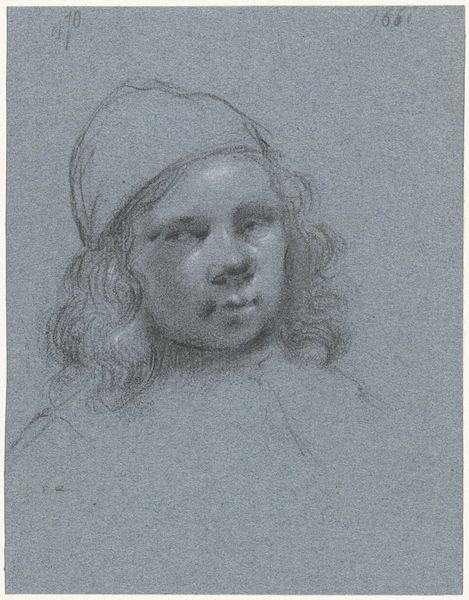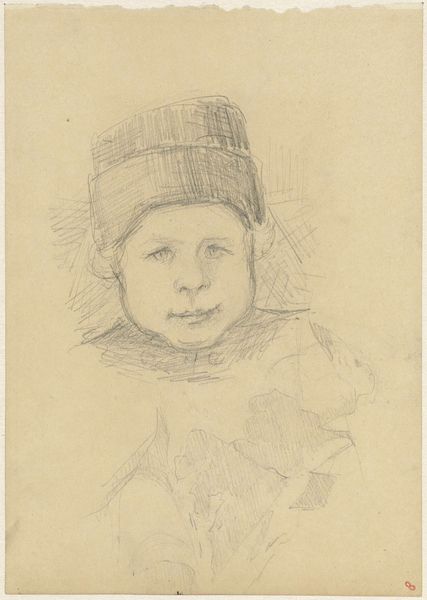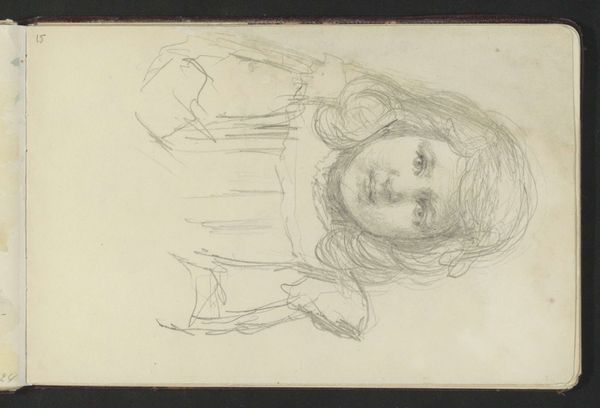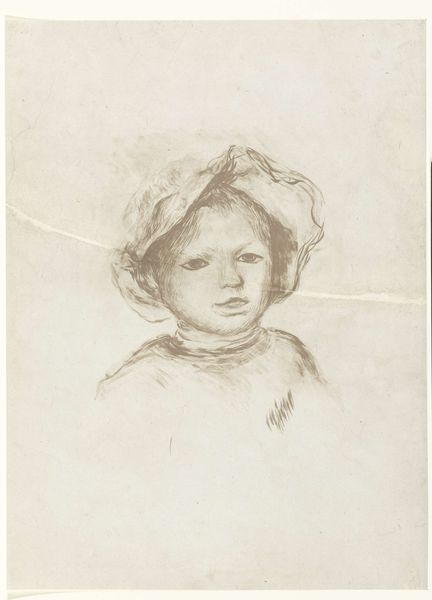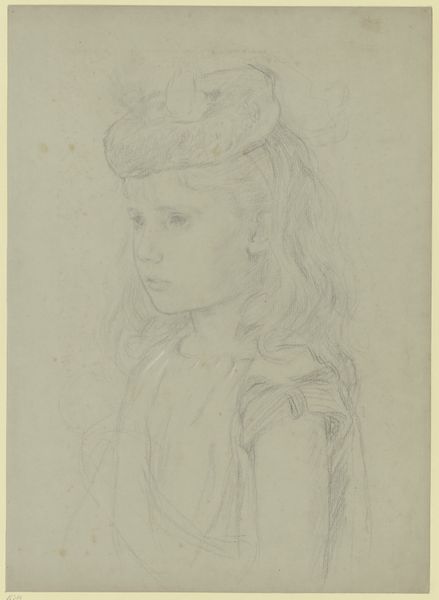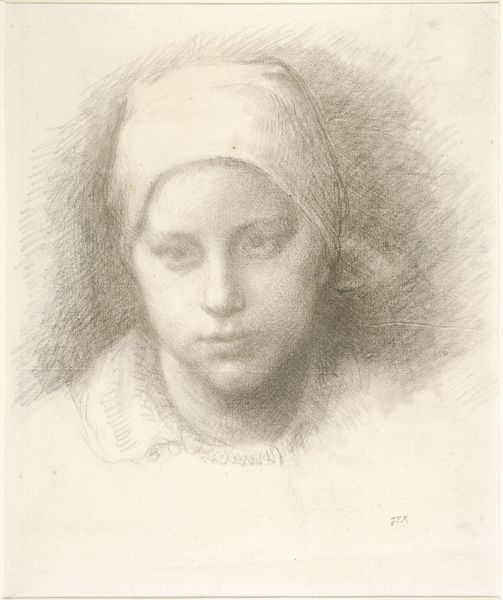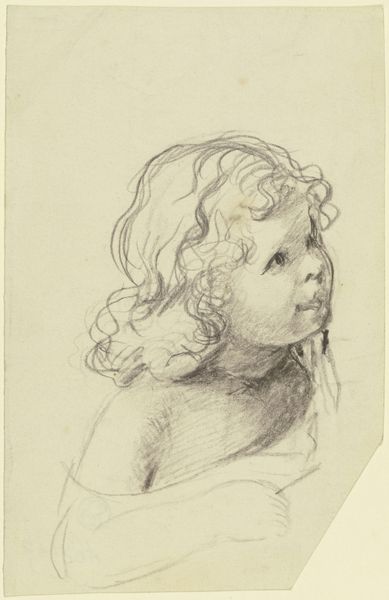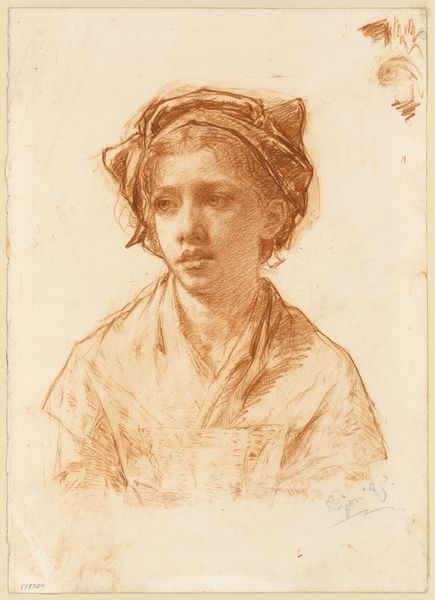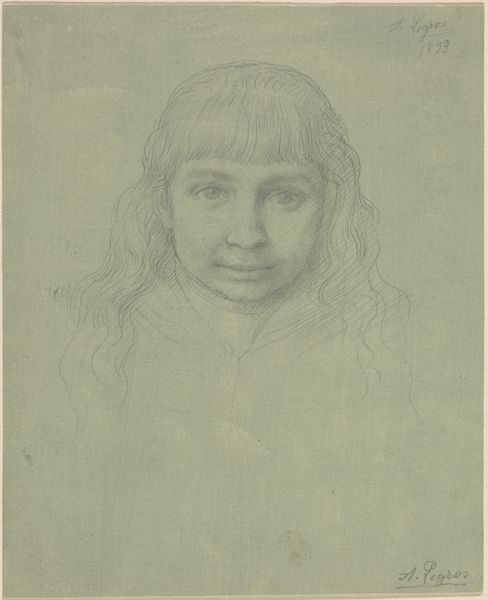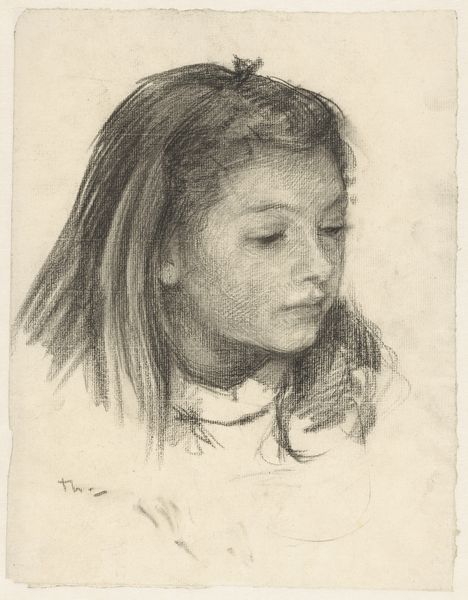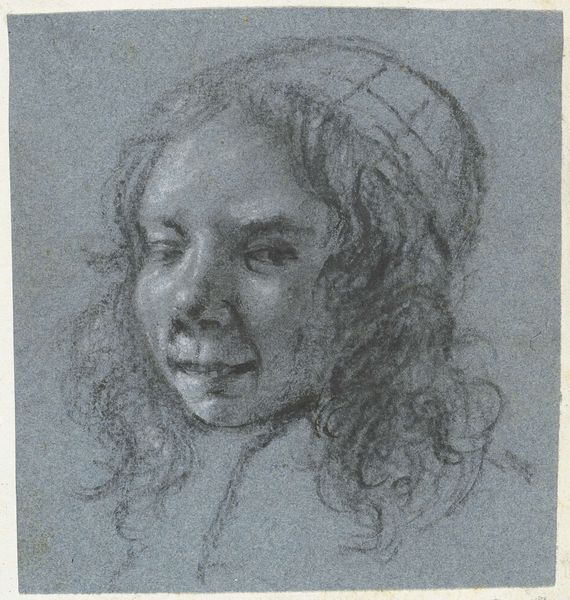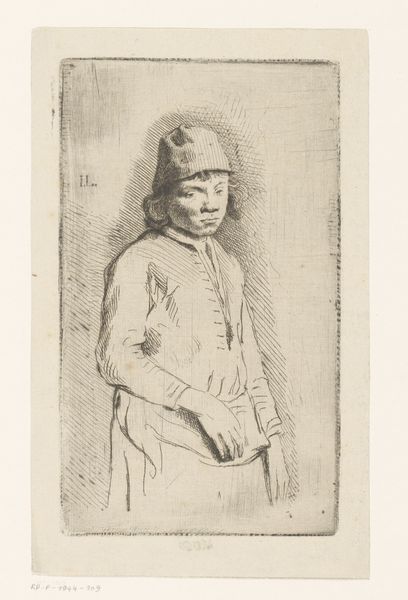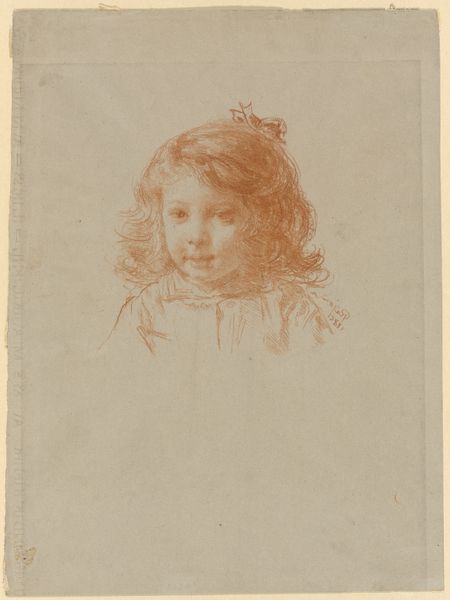
drawing, pencil
#
portrait
#
drawing
#
self-portrait
#
baroque
#
pencil drawing
#
pencil
Dimensions: height 141 mm, width 100 mm
Copyright: Rijks Museum: Open Domain
Editor: We are looking at "Self-Portrait of Moses ter Borch with a Cap, Front View," a pencil drawing made around 1660. There's a directness to the gaze, almost challenging. How do you read this piece? Curator: I read this as an assertion of self in a rapidly changing social and artistic landscape. Ter Borch, working in the Dutch Golden Age, a period marked by intense mercantile activity and a rising middle class, crafts a self-image that challenges the dominant, often idealized, portrayals of the era. It’s more than a simple portrait; it’s a statement about artistic identity and social position, wouldn't you agree? Editor: I see what you mean, the Baroque style is so different from later Romantic art! Is it typical for artists during this period to represent themselves in such a straightforward manner? Curator: Not always, but there's a burgeoning sense of individualism we see taking root. Think about the economic boom, trade routes expanding, the Reformation questioning traditional religious authority. The power structures are changing, which perhaps explains the intense look of determination. Where would this sort of individual fit in to their world, especially at the time it was created? Editor: Thinking about it that way, his intense expression takes on new depth! He seems very focused on something, which you could say is self-promotion? Curator: Absolutely, especially if one looks at this from a feminist studies perspective of that era, women would not even have had this privilege. How fascinating. Editor: I hadn't thought about it that way, connecting art to wider societal movements is fascinating. I'll definitely keep that in mind in the future. Curator: I'm glad this exploration helped us connect art, and life!
Comments
No comments
Be the first to comment and join the conversation on the ultimate creative platform.
